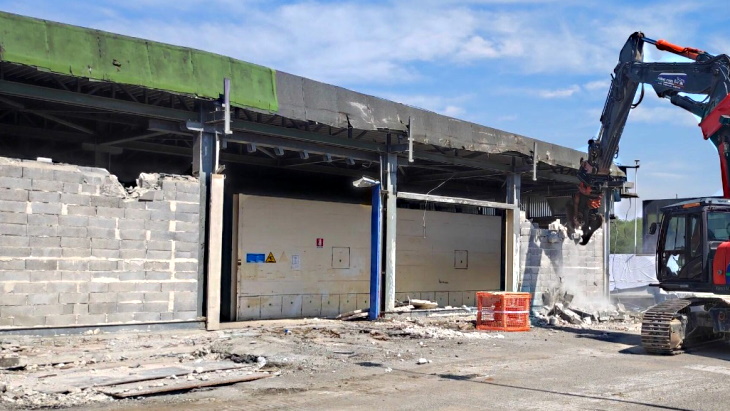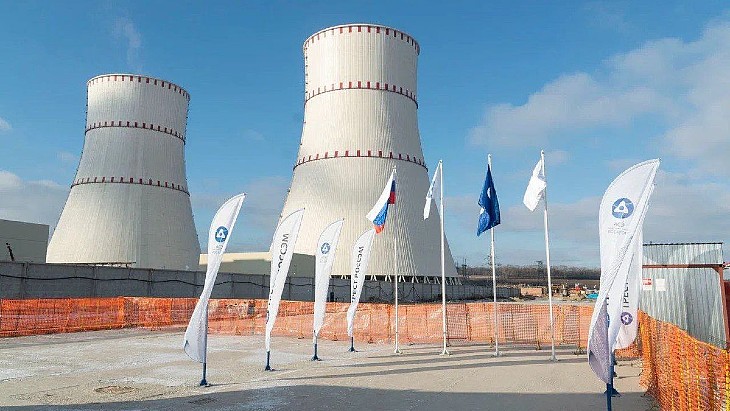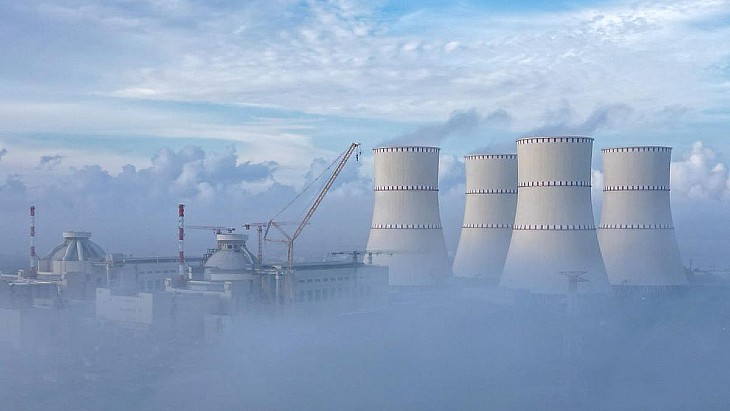Radioactive waste resulting both from previous plant operations and from decommissioning activities at Caorso is currently stored in three on-site interim storage facilities. The ERSBA 1 and ERSBA 2 facilities store low-level solid waste, with intermediate-level solid waste stored in the ERSMA facility. The facilities currently host both conditioned waste and waste to be sent for treatment and conditioning. The waste will subsequently be transferred to a national radioactive waste repository, once available.
The interim storage facilities are being adapted to the new safety standards. The ERSBA 1 and ERSBA 2 facilities are being demolished and rebuilt, while the ERSMA facility will be adapted by demolishing internal parts of the building. Operations are under way to adapt the ERSMA facility, while the adaptation works of the ERSBA 2 facility were completed in 2023.
Societa Gestione Impianti Nucleari SpA (Sogin), the Italian state-owned company responsible for decommissioning the country's nuclear power plants, has now announced that work to demolish ERSBA 1 has begun.

(Image: Sogin)
The work on the structure - 50 metres long, 30 metres wide and about 6 metres high - will involve the demolition of the roof, the concrete walls and the foundations, followed by the reconstruction of a new storage facility on the same area, with a volume similar to that of the dismantled building. At the end of the civil adaptations, two overhead cranes will be installed inside for the movement of waste containers and the plant systems.
Sogin said the adaptation of the three storage facilities avoids the construction of new temporary storage facilities on the site.
Caorso - an 860 MWe boiling water reactor - was closed in 1990 after just 12 years of operation and is now being decommissioned. The plant's decommissioning licence was obtained in 2014. Work to dismantle the systems and components inside the reactor building began in November last year.
A total of 3400 tonnes of material will be dismantled, of which about 88% will be releasable after the necessary treatment and decontamination operations, while the remaining 12% will be managed as radioactive waste and stored on-site pending transfer to the national repository, once available.

_15297.jpg)



_30199.jpg)
_72306.jpg)

_49562.jpg)





